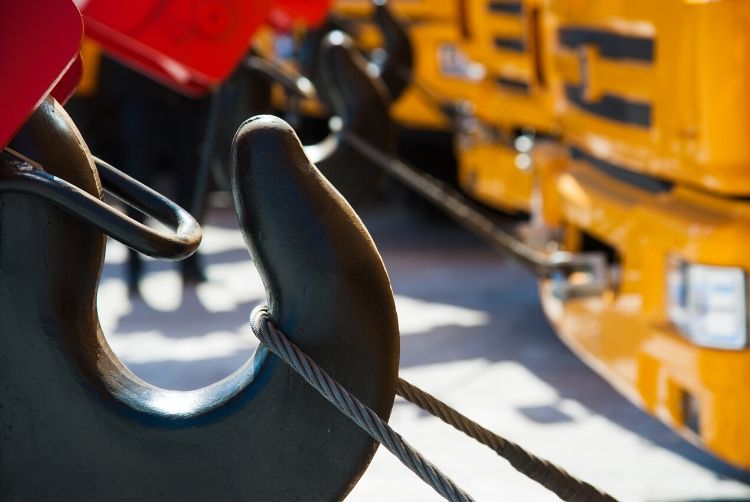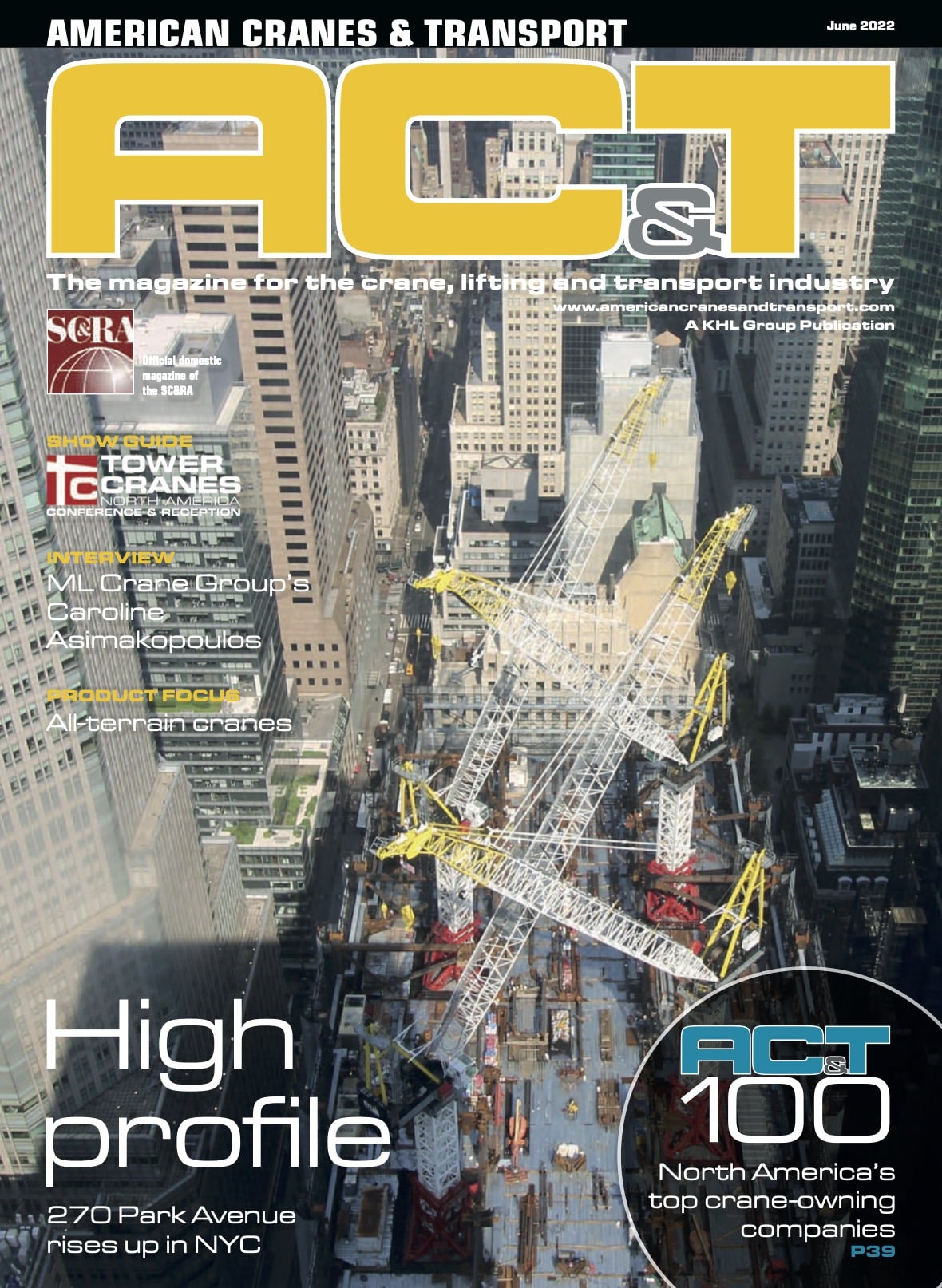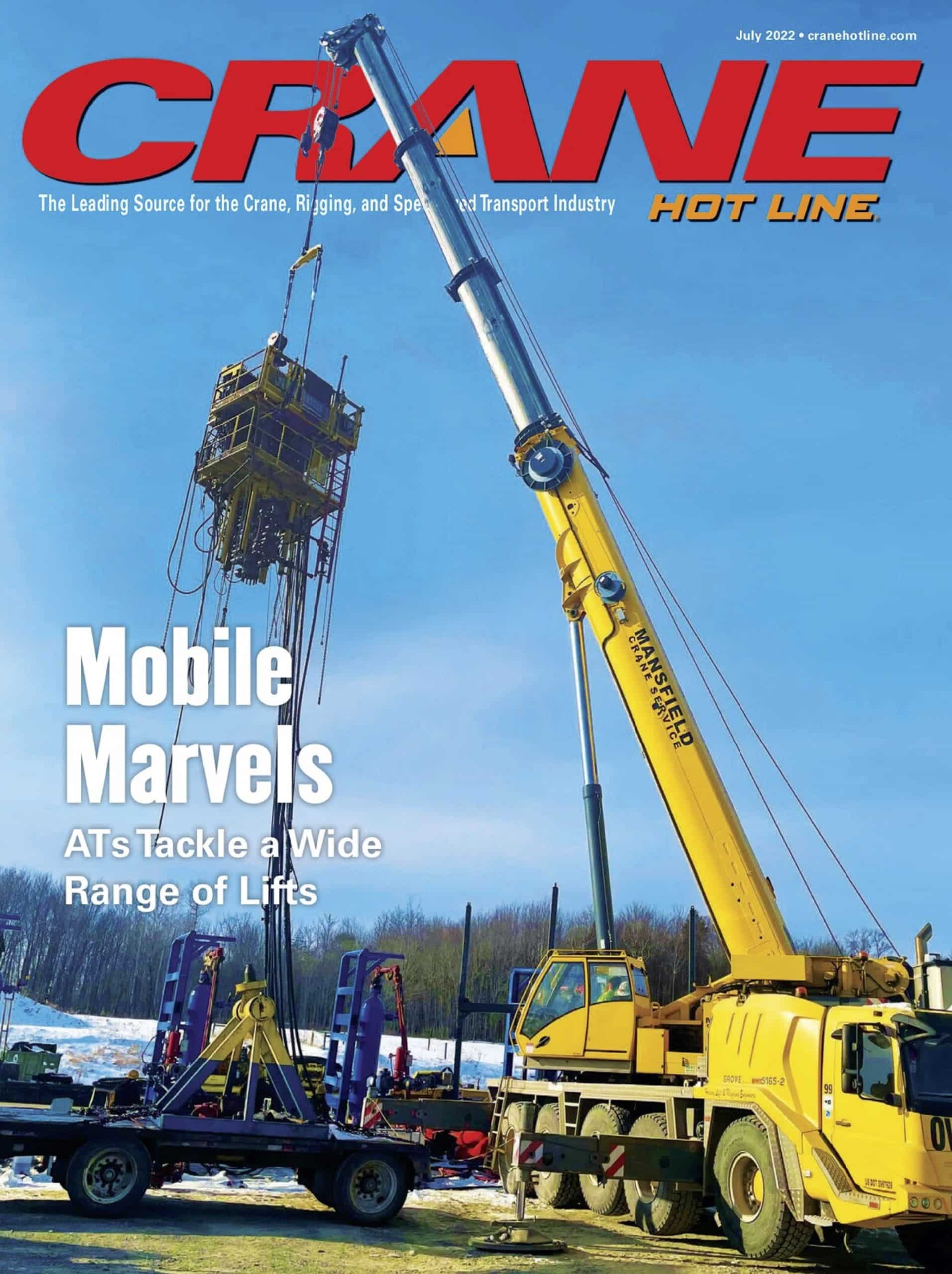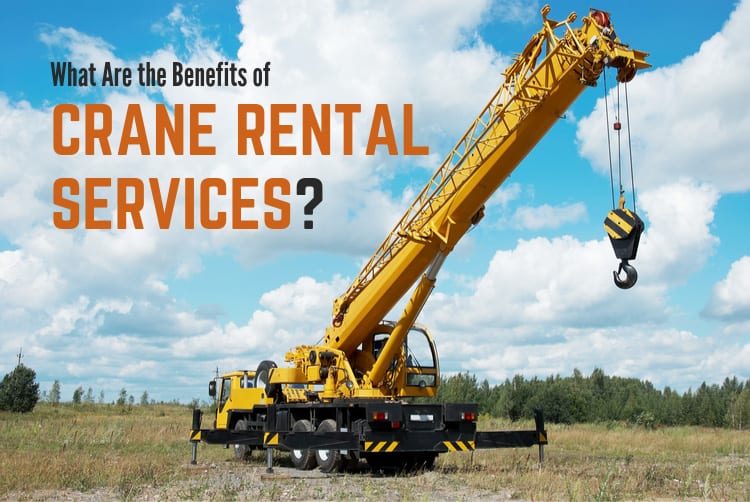Cranes are serious machines, ranging from portable four-wheeled trucks to massive towers. Whichever type you use, it must pass the Occupational Safety and Health Administration’s (OSHA) safety and maintenance guidelines. However, not many people know how often their cranes need detailed inspections in order to pass these standards. Fortunately, this guide will explain what you know about crane inspections so you can learn.
Initial Inspections
The initial test ensures all new or recently acquired cranes comply with OSHA guidelines. It is typically a visual inspection required if the machine was recently altered, modified, repaired, or installed with a new crane or hoist. Additionally, all overhead cranes must conduct a Rated Load Test to inspect and test the crane capacity and maximum load it can sustain.
Functional Tests
Operators perform functional tests before every shift. These are also typically visual tests, and inspect the mechanical operating mechanisms for maladjustments, deterioration, leakage, wear, distorted links, deformations, cracks, and noncompliant rope. Many of these issues are found in the lines, tanks, valves, drain pumps, hoist chains, hooks, and other operating mechanisms, as these exhibit the most wear and tear from everyday use. Each functional test records the inspector’s signature and date when it was conducted.
Frequent Inspections
Frequent inspections occur monthly and conduct the same procedures as a functional test, but with some additional inspections. In addition to the common mechanisms used for hoisting loads, frequent inspections identify potential issues with the hoist brake, wire rope, load chain, hook, and latch. It also identifies abnormalities or irregularities. While frequent inspections occur monthly, the condition of each machine affects this timing. Equipment under serious service needs more frequent inspections, such as daily or weekly, than those in normal service. Unlike functional tests, frequent inspections don’t require operators to sign off before each use. Once a frequent test occurs, the machine is safe to use until the next test.
Periodic Inspections
The final thing to know about crane inspections is regarding period inspections. These are annual inspections used for preventative maintenance on the machine. They typically help identify deformations, cracks, corrosion, looseness, distorted parts, excessive wear, load inaccuracies, improper fuel performance, and other unsafe work conditions. Periodic inspections identify issues with smaller or less obvious pieces in the crane, like bolts, rivets, sheaves, drums, pins, bearings, shafts, gears, brake systems, drive sprockets, chains, controllers, switches, and pushbutton stations.
Still, when renting your cranes or rigging systems, you don’t need to worry at all. We at NessCampbell Crane & Rigging are a Portland crane service that follows OSHA standards to provide the best equipment available. Our fleet of cranes and rigging machines are safe, sturdy, and reliable. More so, only our team of NCCCO-certified operators use them, so you don’t need to worry about using your own. Check out our selection today or give us a call with any questions.






